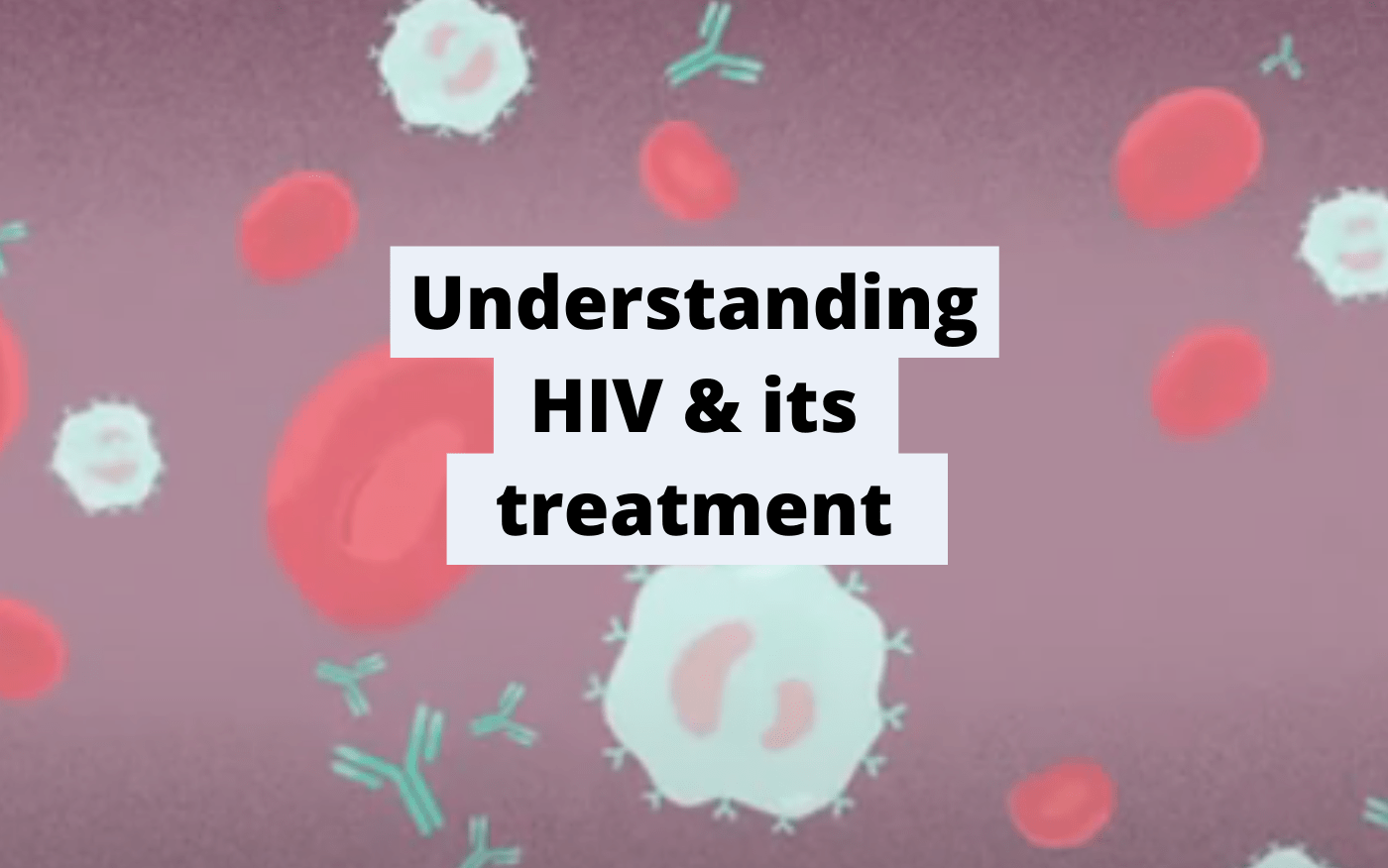Millions of people live with HIV, a disease that weakens the body’s defense against ordinary infections.
The body’s defense is the immune system, made up of white blood cells, antibodies and other cells. CD4, a type of white blood cell, fights off invaders. But HIV attacks CD4 cells. The HIV life cycle begins when HIV attaches itself to the CD4 cell and transfers its proteins and genetic material into it.
Next, an HIV enzyme called Reverse Transcriptase converts HIV RNA into HIV DNA while an Integrase Enzyme integrates HIV DNA into the host CD4 cell’s DNA.
Then, the Protease enzyme processes the produced HIV material for assembly into an immature virus.
Finally, mature HIV materials are released into the body, where the cycle starts over again.
There is no cure for HIV. But anti-retroviral medication, or ARVs, reduce HIV reproduction by interrupting the HIV life cycle. Entry Inhibitors prevent HIV material from entering CD4 cells while Reverse Transcriptase Inhibitors stop the reverse transcriptase enzymes from converting HIV RNA into HIV DNA.
Later, Integrase Inhibitors block HIV integrase enzyme from integrating HIV DNA into CD4 DNA, while Protease Inhibitors block the protease enzymes from enabling the production of new HIV material.
By learning more about HIV and ARVs, you are better able to adhere to HIV treatment and protect others from getting infected!
This video is also available in:

